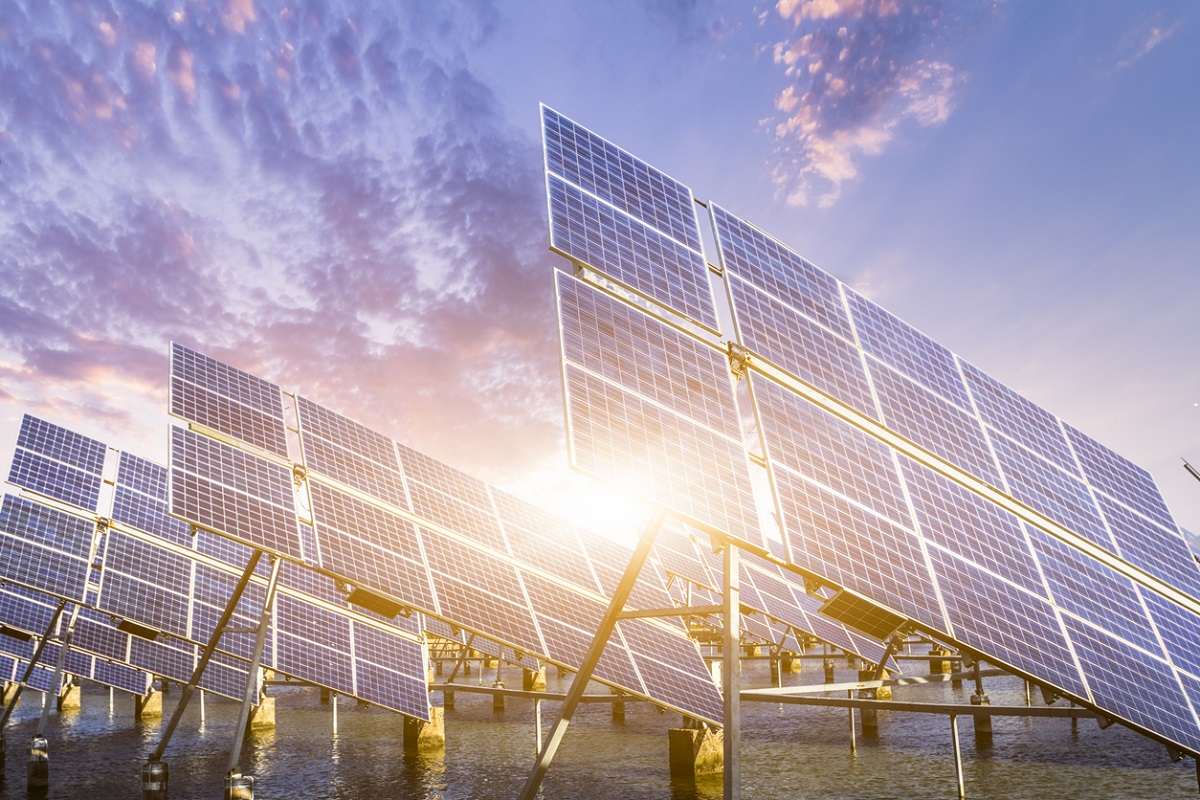India’s ambitious renewable energy targets are entering a crucial phase with the latest bid for 6,000 MW of peak renewable power supply with storage. This tender signals a key shift in how the country intends to manage its energy needs, focusing not just on capacity expansion but also on reliability and efficiency through storage systems. As India continues to position itself as a global leader in renewable energy, this move highlights the challenges and opportunities in transitioning to a sustainable energy future.
The integration of 35 GW of solar and wind energy by 2025, alongside the broader goal of achieving 500 GW of non-fossil power capacity, underscores the government’s commitment to green energy. However, merely expanding capacity will not address the core issue that renewables ~ especially solar and wind ~ are inherently intermittent. This intermittency can destabilise the grid during peak hours unless there is a reliable way to store surplus energy for when it is needed. The focus on storage solutions, such as battery systems, is essential in managing this energy variability and ensuring a steady supply during high-demand periods. The emphasis on storage is significant as India moves toward modernising its grid infrastructure.
Advertisement
A robust inter-state transmission system capable of handling large volumes of renewable energy across state lines will play a critical role in balancing the energy demand across regions. States with abundant solar and wind resources, such as Rajasthan, Tamil Nadu, and Gujarat, can now feed power into a grid that supports the entire country. This shift is vital to achieving India’s energy security goals and meeting peak-hour demands without resorting to fossil fuels. The addition of 10 GW of renewable capacity in just five months during the current fiscal year is encouraging, but it also reveals the immense task ahead. To meet the 2025 target, India must ramp up its renewable capacity by more than three times the current pace.
This is where the public-private partnership model will likely come into play, with significant investment needed in both renewable projects and storage infrastructure. Companies specializing in energy storage and grid management technologies could see massive opportunities as the country pushes to meet its ambitious goals. What makes this moment particularly critical is the growing demand for energy in India. With the economy expanding and urbanisation continuing at a rapid pace, the country’s electricity needs will only increase. Meeting this demand with clean, renewable energy will not only reduce the country’s carbon footprint but also enhance energy security by reducing reliance on imported fossil fuels.
It highlights the necessity of coupling capacity expansion with technological solutions that ensure grid stability. However, the success of this initiative will depend on timely execution, investment in advanced storage technologies, and the ability to integrate diverse energy sources into a cohesive and efficient national grid. As the country marches toward its 500 GW target, the role of storage will be indispensable in shaping India’s green energy future.
